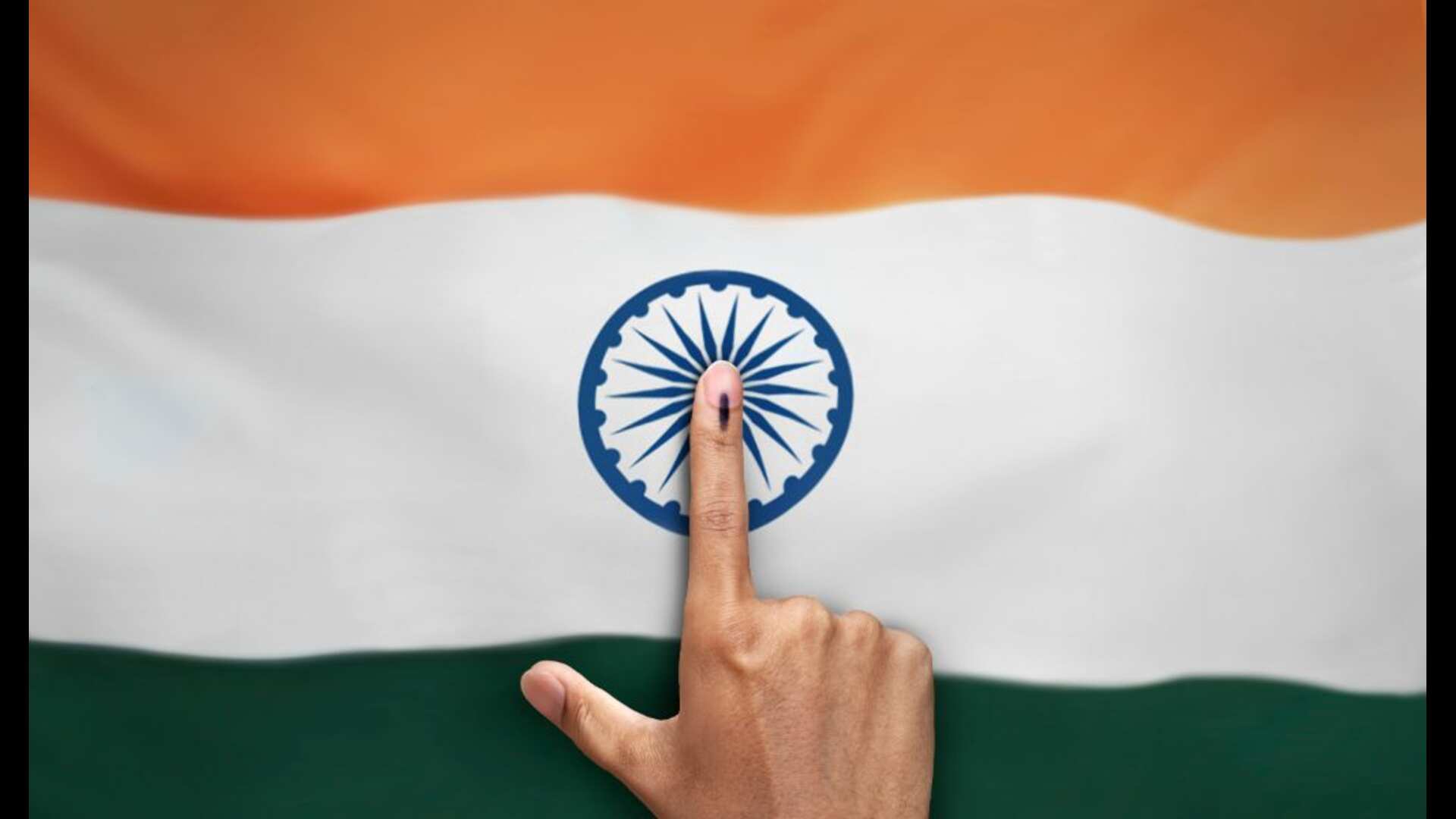
The Semitic religions believe that their scriptures—Torah, Bible or Quran—are the repositories of absolute and final truth. Those who do not accept these exclusive truths are referred to by derogatory terms like ‘pagan’ or ‘kafir’ or ‘infidel’. Because of this sense of exclusivity, a Semitic religion does not condemn only the other religion’s claim of truth but also disregards such a claim of other Semitic religions. Each of the Semitic religions claims superiority over not only the other Semitic religions but all other religions.
As a result of this kind of ‘superiority complex’, each of these religions has an attitude of hostility towards the followers of all other religions whom they regard as non-believers. Bringing the non-believers to their fold by consent, persistent allurement, or worst still even forcibly is one of their central doctrines. To covert the followers of other religions, they advocate violent religious wars, jihads, crusades, etc. According to them, such violence is justified because it is perpetrated for a just cause, viz the promotion and dissemination of their own religion.
Despite being world’s oldest religion, and India being a multicultural, multi religious and pluralist society, why Hinduism does not advocate campaigns, or wage wars with other religions has been an enigma for the Orientalists, religious philosophers and scholars of comparative religions. Since Hinduism is inclusive and non-judgemental, the idea of hostility for other religions and conversion finds no place in it. It maintains religious harmony because it implicitly upholds that each religion grasps truth according to its reach. It avoids conflict with other religions and their followers by explicitly adopting three techniques—the technique of silence, the technique of logic, and the technique of creation of myths.
The first technique is to create a wall of silence by refraining from either a discussion or an overt or convert assessment of the practices and preaching of other religions. This strategic silence does not imply that one is ignoring them but that one assimilates what one regards commendable in them into one’s own religious doctrines, and refute the rest through logical reasoning and talking about them in a mythical fashion by using narratives. Likewise, one states philosophically or mythically those teachings of one’s own religion which may be offensive to other religions. An argument based on logic, for instance, creates distance from the immediate context, and through logical reasoning, which by nature is impersonal and objective, truth of something can be established without personal involvement. Similarly, stories of the gods and demons can allude to truth and illusion without directly incriminating particular religious groups. Over a period of time these techniques of distancing mechanism have become a habit or etiquette, or part of form of life of Indians to avoid overt clashes.
Hinduism, Buddhism and Jainism are able to establish an instant rapport with other religions because they believe that neither their truth is exclusive, nor are they in possession of an exclusive method of spiritual realisation not available to the others. Hinduism categorically asserts, “Ekam sat, vipra bahudha vadanti”—truth is one but is interpreted differently by the learned. It explains it through its doctrine of ‘Adhikara bheda’—the extent of truth known to us is directly proportional to our ability. The Jainas have adopted the doctrine of Anekantavada—the doctrine of many perspectives, and the theory of syadvada—our knowledge depends on the context. The Mahayana Buddhism has resolved the issues relating to exclusive truth by its doctrine of upaya-kaushalya—the concept of skill-in-means, which upholds that ‘seekers find truth to the extent of their intellectual capacities’.
In our times Swami Sahajananda (circa 1781-1830) nee Bhagwan Swaminarayan nee Shriji Maharaj in his magnum opus gospel The Vachnamrut—the record of the dialogue with his followers and disciples—explains and applies these techniques to avert clashes with other religions and religious sects. He argues, “Of many devotees of God, some have firmness in the observance of dharma, some have firmness in realising oneself as atman, some have firmness in vairagya (detachment), and some have firmness in bhakti.” Realising the uniqueness of every religion he continues to say that in each one of them, “although one particular type of firmness is predominant … they also possess all of the other types, but to a lesser extent”. There cannot be a better argument for religious harmony. This doctrine of Swami Sahajananda, in his own words, “is the ultimate secret, the essence of essence”. It is not only derived from the Vedas, Puranas but all other scriptures of this world.
Swami Sahajananda, with the help of the following examples, tells us how to get rid of our feeling of one-upmanship, jealousy, superiority complex and the like. Once we realise that different avtaras (incarnations) in different religions, religious sects (panthas) or dominions are really the manifestations of one God or ultimate reality, or same Absolute, we will be able to see the truth of all religions. He commands his followers to “always think positively, but never think negatively”.
He categorically asserts that the different forms (avataras) of God that we come across in different religions, panthas, are really the manifestations of one God. To establish this doctrine of oneness in different avtaras, Swami Sahajananda in The Vachanamrut, after stating the qualities—countless powers and radiance—of God argues, “When that God manifests and adopts the behaviour of Rushabhdev, he is known as Rushabhdev; when he accepts the divine ways of the avatar of Ram he is known as Ramchandra; and when he performs the divine actions of Shri Krishna, he is known as Shri Krishna.” He goes on to assert, “In this way whichever behaviour of the avataras can be seen in God, it should be understood that all of the previous avataras of God have manifested from him, and that he is the ultimate cause of them all. If one understands this, one’s conviction never falters. But if one does not understand this, one’s conviction may falter somewhat.”
Despite this if one does not understand the universal element in all religions and claims to be unique then, according to Swami Sahajananda, the teachings of such a pantha which claims superiority and intolerance, out of vanity or for any other reason, for the teachings of other panthas, however well informed, or logical they may be, should be ignored. He says, “If out of vanity… (a sadhu) considers himself to be superior” and tries to prove that “other sadhus are inferior, then one should” ignore him. Distancing oneself from such religions is the best way to show one’s tolerance for them.
This observation of Swami Sahajananda is not the outcome of his theoretical understanding of the scriptures but is based on his personal experience. He says, “I deliver these discourses to you not from any imagination of my mind nor to display any sort of attitude. I have experienced all that I have spoken about. In fact, I speak in accordance with what I practice.”
The writer is former Professor of Philosophy, University of Delhi.















